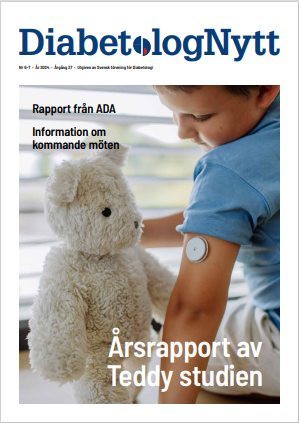The use of targeted massively parallel sequencing to screen children with diabetes for maturity-onset diabetes of the young (MODY) is more effective and less costly than the current standard care and may improve patient quality of life, according to findings published in Diabetes Care.
MODY is the most common form of monogenic diabetes and is frequently underrecognized and misdiagnosed as type 1 diabetes (T1D) or type 2 diabetes. Prior research indicates that MODY screening is initiated only when specific clinical features are present and that only 3 of several potential MODY genes are sequenced. Massively parallel sequencing, a method quickly translating into clinical practice, allows for all MODY genes to be sequenced simultaneously. The current study assessed the long-term cost-effectiveness of targeted massively parallel sequencing screening for MODY in a pediatric population with diabetes using data from comprehensive MODY screening of the Western Australian Childhood Diabetes Database.
The researchers developed a Markov decision model to estimate incremental cost-effectiveness and quality adjusted life-years resulting from massively parallel sequencing screening, modeled over 30 years. The modeled cohort was based on 1259 pediatric patients with diabetes, including 1242 children diagnosed with T1D and 17 children diagnosed with MODY.
The investigators found that routine massively parallel sequencing screening for MODY resulted in an average increase of 0.026 quality adjusted life-years/patient over the course of 30 years (26 years/1000 patients). It was more effective and less costly vs standard care screening, saving 782 United States dollars/patient. After 10 years, the cost of routine screening was fully offset. Savings increased every year because of lower medication costs and lower risk for long-term complications.
“Our study challenges the restriction of genetic testing based on clinical criteria, as we have shown that… routine [massively parallel sequencing] in all newly diagnosed children presumed to have [T1D] produces [quality adjusted life-years] gains while reducing health system costs,” wrote the investigators. “The adoption of this evidence-based and cost-effective approach will lead to individualization of therapy and improved patient outcomes — and may save some children from a lifetime of insulin.”
Johnson SR, Carter HE, Leo P, et al. Cost-effectiveness analysis of routine screening using massively parallel sequencing for maturity-onset diabetes of the young in a pediatric diabetes cohort: deduced health system costs and improved patient quality of life. Diabetes Care. 2019;42(1):69-76.
Abstract
Cost-effectiveness Analysis of Routine Screening Using Massively Parallel Sequencing for Maturity-Onset Diabetes of the Young in a Pediatric Diabetes Cohort: Reduced Health System Costs and Improved Patient Quality of Life
Stephanie R. Johnson1,2,3,4, Hannah E. Carter5, Paul Leo2, Samantha A. Hollingworth6, Elizabeth A. Davis7,8,9, Timothy W. Jones7,8,9, Louise S. Conwell1,4, Mark Harris1,3,4, Matthew A. Brown2, Nicholas Graves5 and Emma L. Duncan2,4,10⇑
Abstract
OBJECTIVE Maturity-onset diabetes of the young (MODY) is an autosomal dominant form of diabetes, with multiple causative genes. Some MODY subtypes can be treated with sulfonylureas instead of insulin, improving glycemic control, complication rates, quality of life (QoL), and costs. Using massively parallel sequencing (MPS), we recently determined the prevalence of pathogenic/likely pathogenic MODY variants in an Australian pediatric diabetes cohort. Here, these data are used to estimate cost-effectiveness of using MPS for MODY in all pediatric diabetes cases compared with standard practice (sequencing limited to individuals with specific clinical features).
RESEARCH DESIGN AND METHODS A Markov decision model was developed to estimate incremental costs and quality-adjusted life-years (QALYs) of MPS screening, modeled over 30 years. We used our observed prevalence of 2.14% compared with 0.7% for standard practice, based on published data. The probabilities and utility weightings of long-term diabetes complications were based on HbA1c and estimated from published data. A series of one-way sensitivity analyses were performed using the net monetary benefit framework.
RESULTS Routine MPS screening for MODY was more effective and less costly than standard care screening, with 26 QALYs gained and 1,016,000 AUD (782,000 USD) saved per 1,000 patients. Cost of screening was fully offset within 10 years. Routine MPS screening remained dominant until MODY prevalence fell to <1.1%.
CONCLUSIONS Routine MPS screening for MODY in the pediatric population with diabetes could reduce health system costs and improve patient QoL. Our results make a compelling argument for routine genetic screening in all children with presumed type 1 diabetes mellitus.
Nyhetsinfo
www red DiabetologNytt
Träffar: 2





